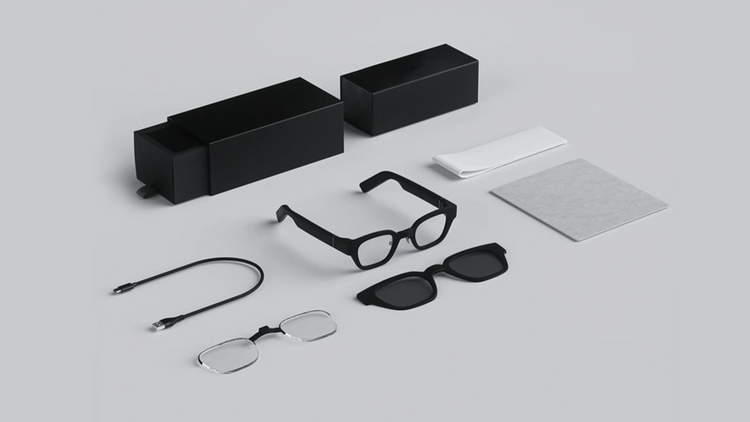Table of Contents
-
Introduction to Assistive Technology for the Deaf
-
Apps That Make a Difference
-
Speech-to-Text Tools for Everyday Conversations
-
Making Communication Easier
-
Conclusion
-
FAQ
Introduction to Assistive Technology for the Deaf
Technology has unlocked countless opportunities for deaf and hard-of-hearing individuals, simplifying everyday life and enhancing communication. From speech-to-text apps to tools that notify users of environmental sounds or enable smooth conversations, these innovations are making the world more inclusive and empowering.
Here’s a closer look at some remarkable apps that keep you connected and independent, whether you’re at work, at home, or on the go.
Apps That Make a Difference
These apps are tailored for the deaf community, offering practical solutions to everyday challenges:
-
-
Alerts you to important sounds like alarms and doorbells.
-
Helps keep you safe and aware of your surroundings.
-
-
-
Provides real-time captions during phone calls.
-
Works seamlessly on both iPhone and Android devices.
-
-
-
Offers live captions through professional stenographers.
-
Ideal for professionals and students requiring precise transcription.
-
-
-
Instantly transcribes spoken conversations into text.
-
A simple and efficient tool for real-time communication.
-
Speech-to-Text Tools for Everyday Conversations
Speech-to-text apps make conversations and group discussions more accessible. Here are some popular options:
-
-
Provides accurate, real-time transcription.
-
Includes color-coded text for distinguishing between speakers.
-
-
-
Converts spoken words into text for face-to-face conversations.
-
An intuitive tool for casual, real-time interactions.
-
-
-
Developed by Google, this app supports over 70 languages.
-
Delivers instant captions with excellent accuracy.
-
-
-
Perfect for meetings and lectures, offering both transcription and note-taking.
-
Easy to share and edit transcriptions.
-
Making Communication Easier
Breaking down communication barriers is essential. These apps are designed to simplify interactions and enhance connectivity:
-
-
Connects users with volunteers for visual assistance.
-
Useful for tasks like reading labels or navigating unfamiliar areas.
-
-
-
Offers video relay services for sign language communication.
-
Provides interpreter-assisted conversations in real-time.
-
-
-
Instantly transcribes phone calls into text.
-
Supports multiple languages, making it versatile.
-
-
-
Provides personalized insights into your hearing health.
-
Suggests tools and settings to improve your experience.
-
Conclusion
With so many apps designed for the deaf community, technology continues to bridge gaps and promote inclusivity. From speech-to-text tools to safety apps and innovative communication aids, these solutions ensure everyone has access to meaningful conversations and independence.
Explore these applications and see how they can transform your daily life.
FAQ
Q: Are these apps free? A: Many apps, like Live Transcribe and Be My Eyes, are free. Some offer additional features through premium versions.
Q: Do these apps work offline? A: Apps such as TextHear generally require an internet connection for transcription. However, some offer basic offline features.
Q: What’s the best app for live transcription? A: Ava Transcribe and Otter.ai are highly recommended for their accuracy and user-friendly interfaces.
Q: Are these apps multilingual? A: Yes, apps like Live Transcribe and RogerVoice support multiple languages.
Q: How do these apps enhance safety during emergencies? A: Apps like BeAware Deaf Assistant notify users of critical sounds like alarms, ensuring safety and awareness.


